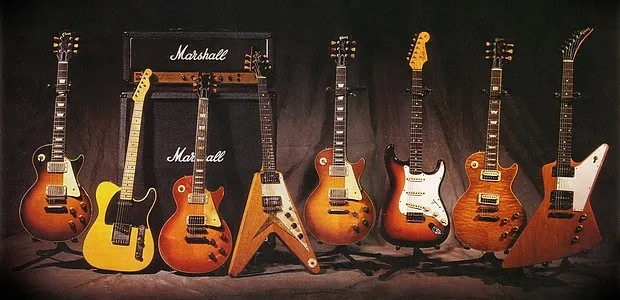Hydrogen is suddenty the big thing gripping the febrile minds of climate alarmists and the “renewable” energy troughers who scurry behind them, hands outstretched. Like fusion power, it’s just a few years away, supposedly, from being a cheap, abundant and clean energy source.
But, also like fusion power, is it just another chimaera that’s going to stay forever just a few years in the future?
I’ve written several posts criticising the hydrogen push, using back-of-the-envelope calculations. Engineer Nick Kastelein dismisses some of the technological arguments, but agrees that the economic and climate change cases are deeply flawed.
When weighing the factors, it is difficult for me to envisage hydrogen becoming the main medium through which we transfer energy – the “hydrogen economy” as they call it. But I can see hydrogen playing a part.Green hydrogen turns electricity into fuel, and the economics
depends on the price you pay for the electricity, and the price you can charge for the fuel. If you consider the average cost of electricity from the cheapest renewable generators, you won’t find an easy path to pay for electrolysis. But if you consider the spot price, then the math changes.
Unfortunately, though, a “hydrogen economy” has to be predicated on average prices. Especially when — as is necessary for “green” hydrogen — the electricity is supplied by “renewables”. Sure, the spot price for electricity in a “renewable”-reliant state like South Australia can sometimes drop low enough to make hydrogen electrolysis feasible, but on average, the price of SA’s electricity is among the highest in the world.
It’s hard to imagine a “hydrogen economy” feasibly working by waiting until the wind blows hard enough and the sun shines bright enough to make hydrogen production cost-effective.
Then there’s the sheer scale of the problem, something I dealt with in my previous posts.
Renewables account for about 20% of our electricity. But electricity itself accounts for only 20% of our energy usage, so renewables account for only about 6% of our total energy consumption. And, we export more than twice as much energy as we consume, so renewables account for only about 2% of our energy production. Australia would need 50 times as much renewable generation to match its current energy output without fossil fuels […]
Is it reasonable to expect an expansion of solar and wind of this magnitude? If we exploited all our solar and wind opportunities, would we even come close to the anticipated output?
The short answer is: no. As I’ve previously shown, Australia would have to more than double its current electricity output, just to run transport on hydrogen. Which would barely go halfway to meeting Australia’s current total energy needs.
So, so much for “green” hydrogen.
But there is also “blue” hydrogen, which uses energy from fossil fuels. To meet the goal of “climate mitigation”, that means that the fossil fuel production must employ carbon capture and storage. But, as the Greens delight in telling us, CCS is yet to be a viable technology.
It also begs the obvious question: why not just forget hydrogen altogether, and just stick with coal-fired electricity? In any case, hydrogen produced using fossil fuels is, by definition, no longer “renewable” energy.
“Biomass” — burning wood — may be renewable, but it’s hardly “green”, despite, ludicrously and hypocritically being designated as such by the EU.
So, what’s driving the sudden hydrogen mania? Money — taxpayer money.
Well, a carbon tax may be off the table, but there is plenty of regulation by stealth; EPA approvals for new projects have already been requiring carbon offsetting. Secondly, fear of regulation can be as powerful as actual regulation. Mandatory reporting of emissions is already required, using equations that the government writes. These can turn into mandatory limits at the stroke of a politician’s pen and banks aren’t keen on financing in that context […]
But perhaps the most significant current factor is activist investors and board members. Superannuation companies own 40% of the ASX and this has reached a tipping point. Your money is granting them power with no accountability to pressure companies into doing non-commercial green projects.
Spectator Australia
Therein lies the problem. “Institutional investors” are using other peoples’ money to pursue their ideological agendas, with no accountability.
And so we have another bubble building. When it bursts, as always, the last people to pay will be those with their hands in the till.
Please share this article so that others can discover The BFD








